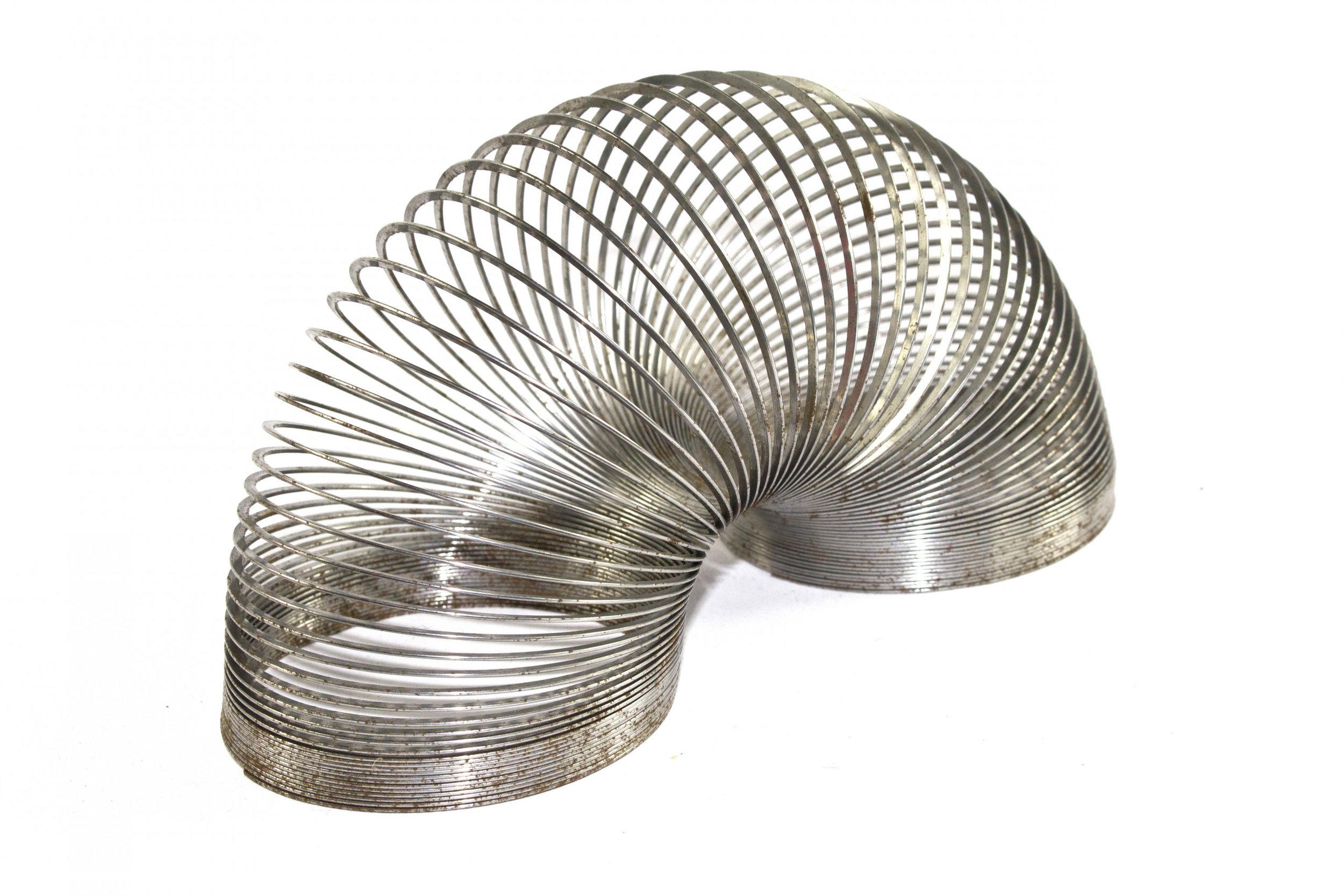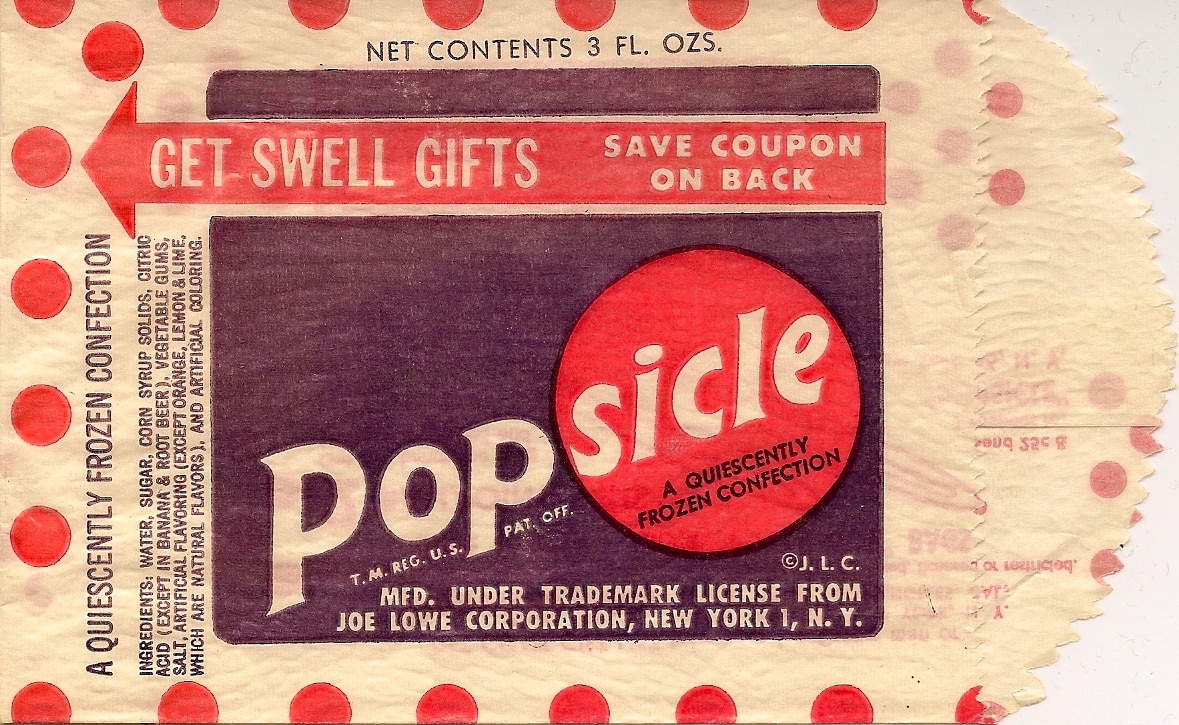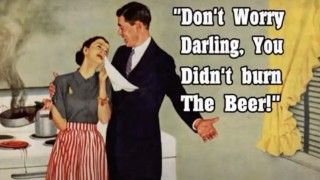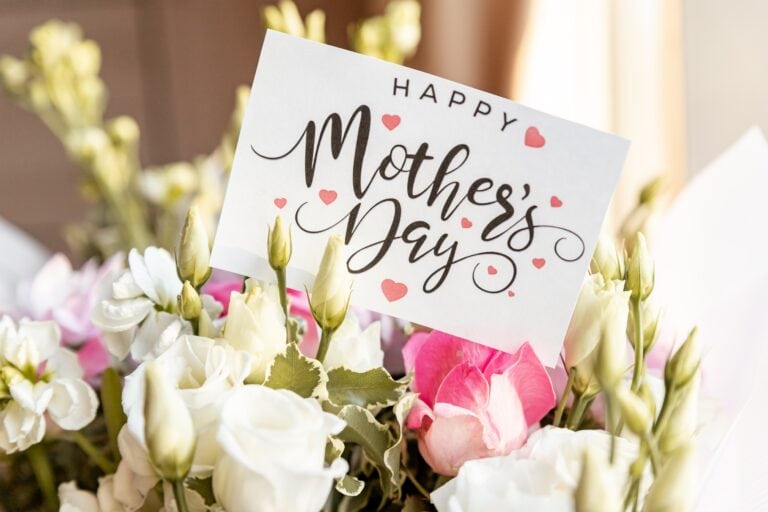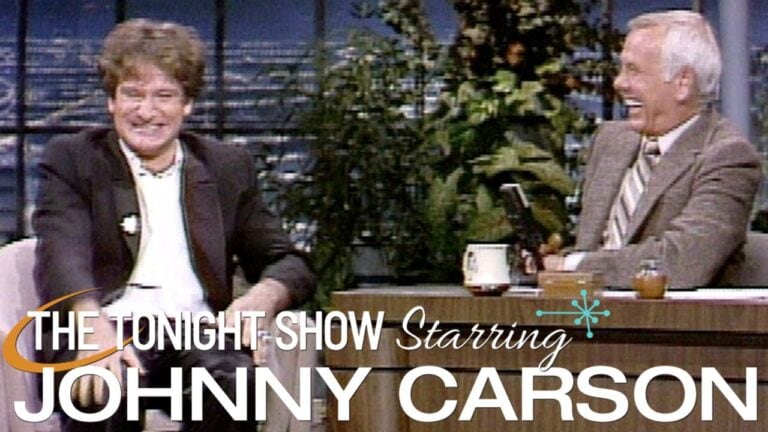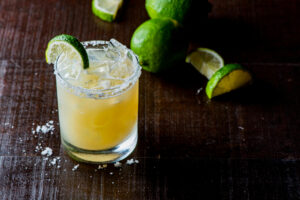Table of Contents
ToggleThe Boomer Brands You Should Remember
Men and women sought to look good in the 50s. Men wore suits to work. Housewives wanted to be attractive when their husbands came home, so they got “dolled up” with makeup and a stylish hairdo. Lipstick was popular in the 1930s and 1940s, but after the war, as much as 90 percent of American women wore lipstick. Lipstick and makeup got a boost from Hollywood; starlets, who could now regularly be seen on screen in color instead of just black-and-white, were carefully observed by consumers anxious to mimic their cinematic look.
Crest, introduced in 1955, became the first toothpaste to combine cosmetics with cavity prevention. Avon’s door-to-door cosmetics concept was so successful that the company had 100,000 Avon Representatives and $100 million in sales by 1957. At the same time, the African-American population was struggling with the definition of “beauty.” The magazine for blacks, Ebony, began publishing in 1945. It carried ads for skin bleaching cream and hair straighteners.
The 60s marked a generational shift in beauty. Eyes became more dramatic and lips got paler. The mid 60s saw a transition to a freer, more natural look. For some women, that meant the absence of makeup. Boomer kids in the 60s may have favored a hip, refined look or a hippie look.
Remarkably, cigarettes were deemed a legitimate part of 50s and 60s culture; smoking was even endorsed by doctors in 50s advertising. Cigarette brands were heavily advertised, and there were no health warnings about tobacco until 1965.
Just as in other brand categories, health and beauty brands were enjoying a growth spurt in the late 40s, 50s and 60s as American consumers focused squarely on themselves and their families. Most of the health and beauty brands targeted adults, but Boomer kids became well aware of them as they grew up and progressed through adolescence. Here are a few of the Boomer Brands winners & losers from the book, Boomer Brand Winners & Losers: 156 Best & Worst Brands of the 50s and 60s.
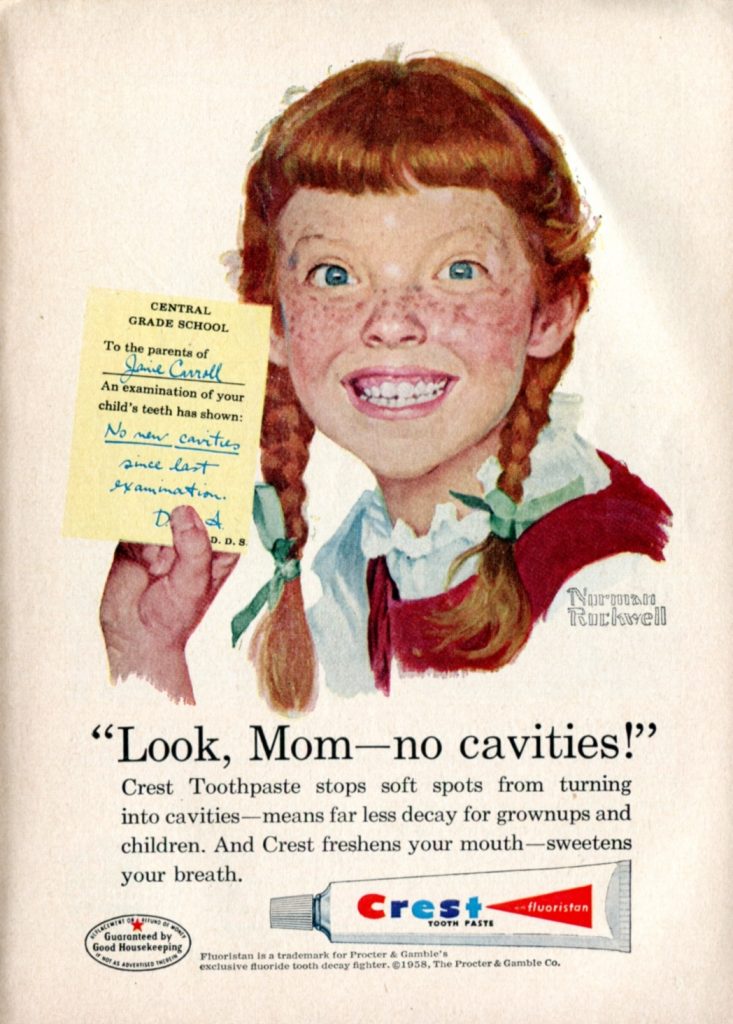
Crest – Winner
In the early 1940s, dental disease was a major problem in the U.S., with Americans suffering from about 700 million cavities each year. Toothpaste didn’t help; it was designed to clean the teeth, not protect them. Procter & Gamble formed a research project to develop and test a new toothpaste containing fluoride. A clinical study showed an average 49 percent reduction in cavities in kids ages 6 to 16 who used the toothpaste. Adults benefitted nearly as much. This success led to the 1955 test marketing of “Crest with Flouristan” toothpaste, followed by a national rollout in 1956. The American Dental Association (ADA) endorsed Crest in 1960.
Two years later, Crest had become the country’s best-selling toothpaste. Early advertising often showed children exclaiming “Look Mom… no cavities!” The Crest brand has expanded since the toothpaste introduction into other oral healthcare products. Crest “Pro-Health” Toothpaste has received the ADA Seal of Acceptance for protection against six different dental health conditions.
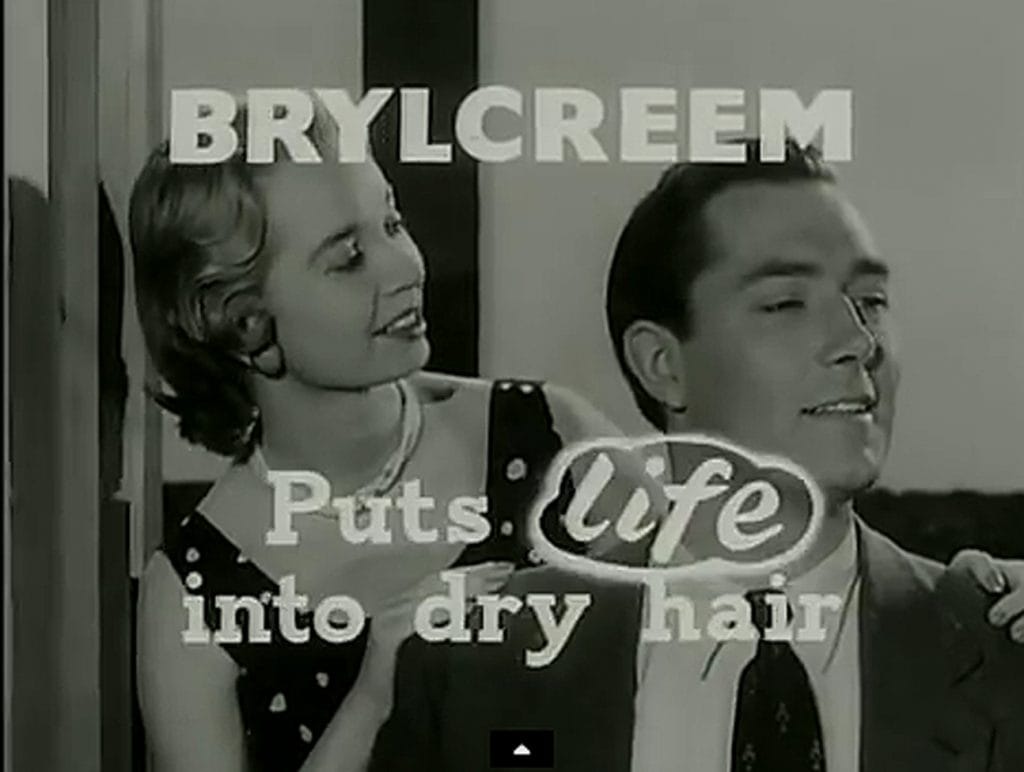
Brylcreem – Winner
The hit show/movie, “Grease,” made a definitive statement about men’s hairstyles in the 50s. Oiling or greasing the hair was popular at the time, and you can thank “Brylcreem,” one of the leading products of the 50s, for that look. Created in 1928 by a British firm, Brylcreem was formulated from water, mineral oil and beeswax. When that lovely concoction was applied to a man’s hair, well, use your imagination! A television jingle turned Brylcreem into a household word:
“Brylcreem… a little dab’ll do ya.
Brylcreem… you’ll look so debonair.
Brylcreem… the gals’ll all pursue ya,
They’ll love to run their fingers through your hair!”
Chances are Boomer boys entering adolescence borrowed their dad’s Brylcreem and took a little dab for themselves in the hope that girls would notice them. Brylcreem fell out of favor in the 60s, when men started wearing longer hair without the greasy look. But the product has made a comeback, along with the “dab” tag line, claiming to offer “the perfect amount of shine.”
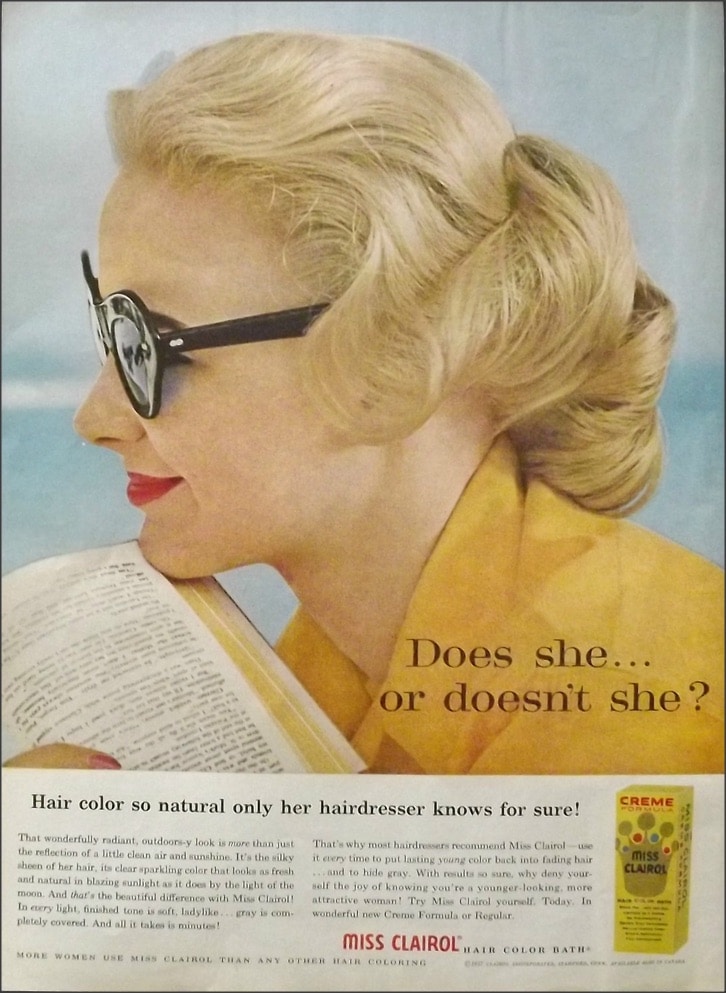
Clairol – Winner
Traveling in Europe in 1931, American Joan Gelb and husband Lawrence discovered “Clairol,” a new French hair color product. The Gelbs purchased it from a Paris company and started a business in New York to sell it. It wasn’t an easy sell, because before the 1950s, coloring your hair was thought to be appropriate only for actresses and hussies. Clairol legitimized hair coloring when “Miss Clairol” was introduced in 1956. Miss Clairol was the first at-home hair color kit that could lighten, tint, condition and shampoo hair in one step. It was launched with the provocative advertising slogan, “Does she or doesn’t she? Only her hairdresser knows for sure.” (It was written by a woman.)
Other brilliant advertising slogans, such as “Is it true blondes have more fun?” and “You’re not getting older… you’re getting better” followed in the 50s and 60s. Just three years since its founding, Clairol became the top U.S. hair coloring brand, and it has been innovating in the field ever since. Boomer kids were probably amazed to see that their moms’ hair color changed overnight. Maybe husbands were too!
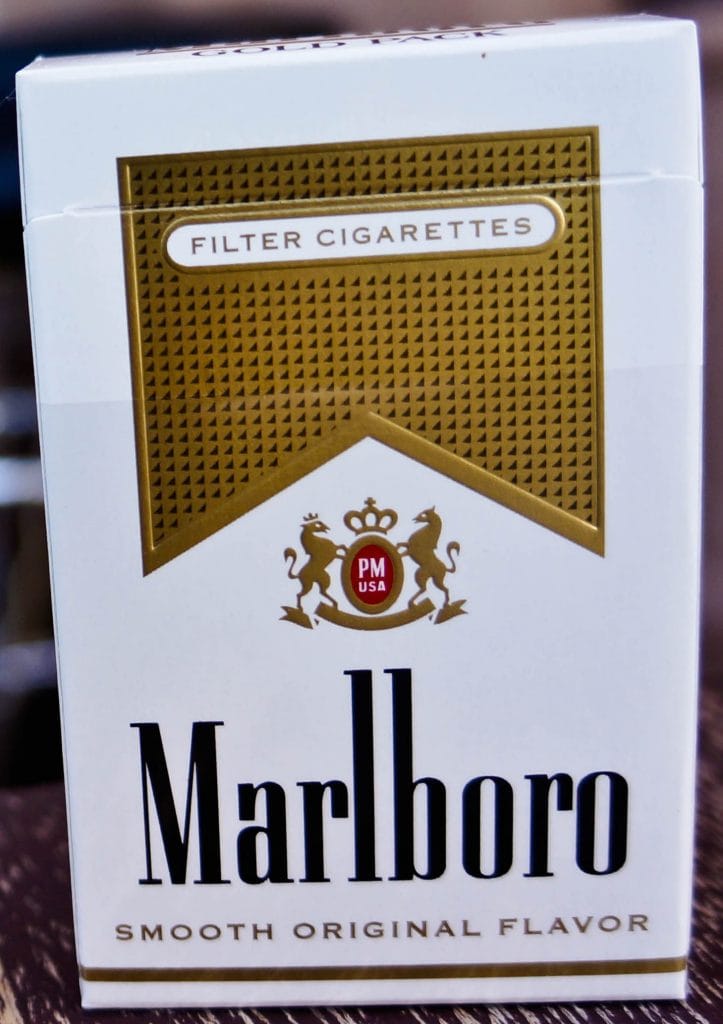
Marlboro – Dubious Winner
If it weren’t for a Boomer era advertising campaign, “Marlboro” may never have become the all-time leading cigarette brand. In the 1920s and 1930s, Philip Morris advertised Marlboro as a women’s cigarette with the slogan, “Mild as May.” The filter on the cigarette even had a printed red band around it, designed to hide red lipstick stains. By World War II, sales had suffered and other cigarette brands became more popular. To win back market share, it was decided that the brand should be repositioned to appeal to male smokers.
In 1954, the “Marlboro Man” advertising campaign was introduced, featuring a number of rugged looking men, the most popular of which became a cowboy. He could be seen gallivanting in “Marlboro Country” in a subsequent campaign, which included print ads, outdoor billboards, and TV commercials with the theme song from the 1960 Western movie, “The Magnificent Seven.” It was a national and eventually a worldwide blockbuster. The Marlboro brand was the leading cigarette brand in 1972, and it has maintained that position ever since.
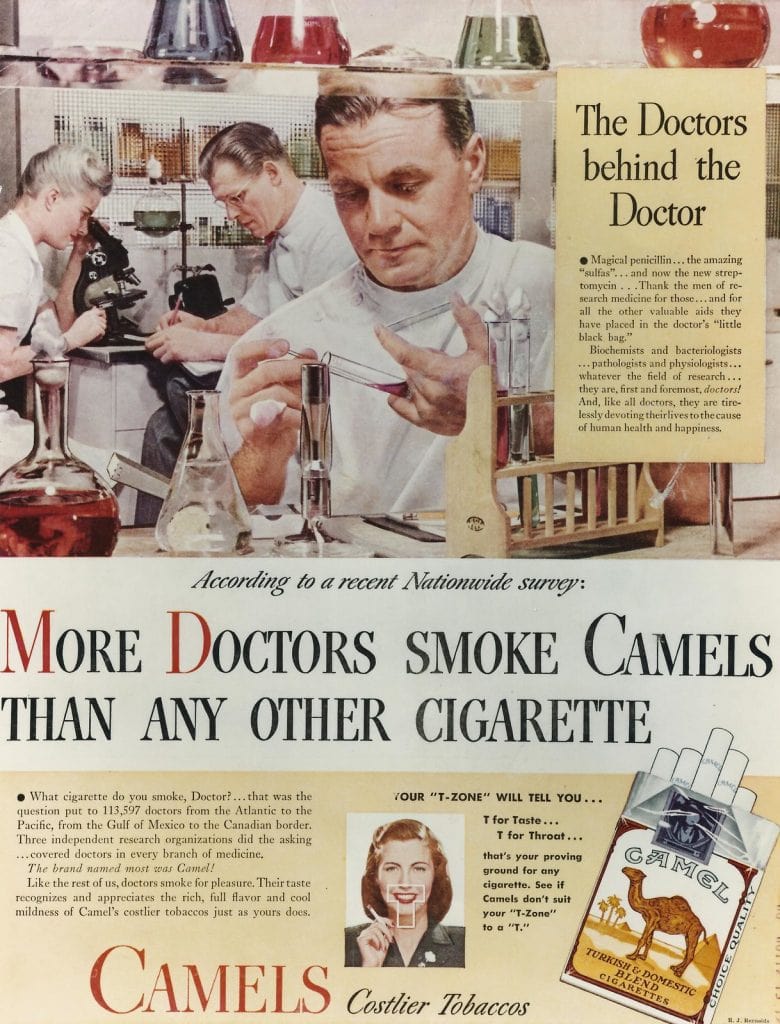
Camel – Loser
The lasting popularity of “Camel” cigarettes, a product of R. J. Reynolds, cannot be denied. So named because they contained Turkish tobacco, Camels have been a perennial favorite among smokers since their inception in 1913. Why, then, do I consider this brand a Boomer Brand “loser”? It’s because of the brand’s ignominious advertising history. During the late 40s and early 50s, R. J. Reynolds chose to position Camels as a healthy brand with advertising that claimed, “More doctors smoke Camels than any other cigarette.” This statement was the result of surveys conducted by the cigarette company with doctors who had been given complimentary cartons of Camels.
Even more notorious was the “Old Joe Camel” advertising campaign that ran from 1988 through 1997. This campaign, featuring a very cool-looking cartoon camel, was widely criticized for its insidious appeal to youngsters. A 1991 study indicated that over 91 percent of 6-year old kids could identify the character with cigarettes. That was almost the same result as associating Mickey Mouse with the Disney Channel. Shame on the Camel brand.


